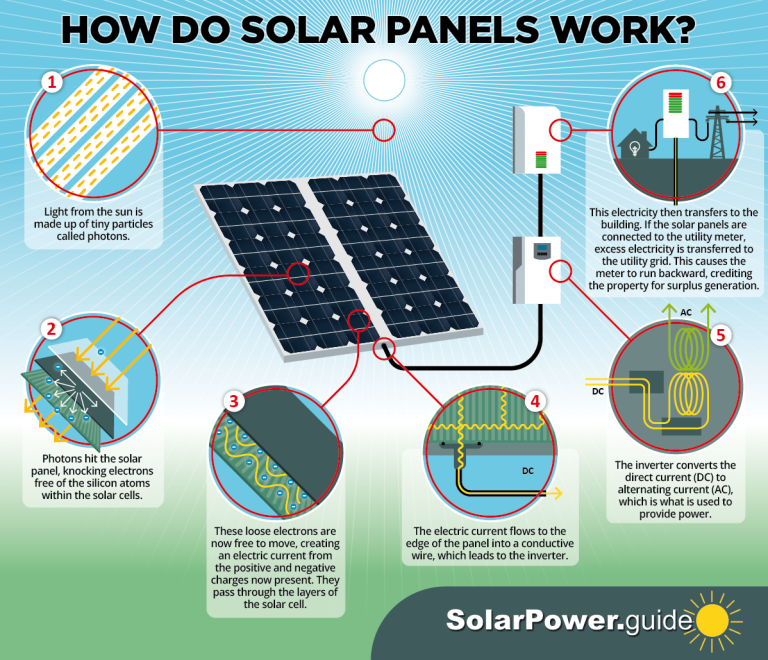Considered as a promising source of power, solar energy has the potential to significantly shape the future of renewable resources. This form of energy is abundant, sustainable, and free, with the capacity to provide for a significant portion of the world’s energy needs.
Generation of solar power
Simply put, solar energy is the power that we derive from the sun. This star emits energy as electromagnetic radiation, some of which reaches Earth and can be captured and transformed into usable electricity.
The most common way to harness solar power is by using solar panels, also known as photovoltaic (PV) panels. These panels contain cells that absorb sunlight and convert it into electricity. This process is known as the photovoltaic effect.
Understanding Solar Panels
PV panels consist of many solar cells. These cells contain semiconductor materials, usually silicon, which absorb sunlight and release electrons. These moving electrons generate an electric current that can be used for power.

The graph above shows how solar panels generate solar power with the use of photovoltaic panels.
Practical applications of Solar Energy
The applications of solar power are diverse and far-reaching. From powering homes and charging electric vehicles to running industrial processes and even satellites, solar energy finds numerous uses.
Advancing technology is expected to enhance solar power systems’ efficiency, making solar energy a more accessible and effective power source. Investing in research and development in this area can lead to a sustainable energy future.
Conclusion
To conclude, harnessing solar power presents an opportunity for us to move towards a cleaner, more sustainable future. With its potential to replace conventional energy sources, the sun may indeed power the future of our planet.
Frequently asked questions
What exactly is solar energy?
It is the power that we get from the sun’s light and heat. It’s a renewable and abundant form of energy that can be harnessed and converted into electricity.
We harness solar power primarily using solar or photovoltaic panels. These panels contain cells that absorb sunlight and create a flow of electrons, which generates an electric current.
What are some of the applications of solar power?
The uses of this form of energy are wide-ranging. It can power homes, charge electric vehicles, and support industrial processes. Its applications will increase with the creation of new technologies.






